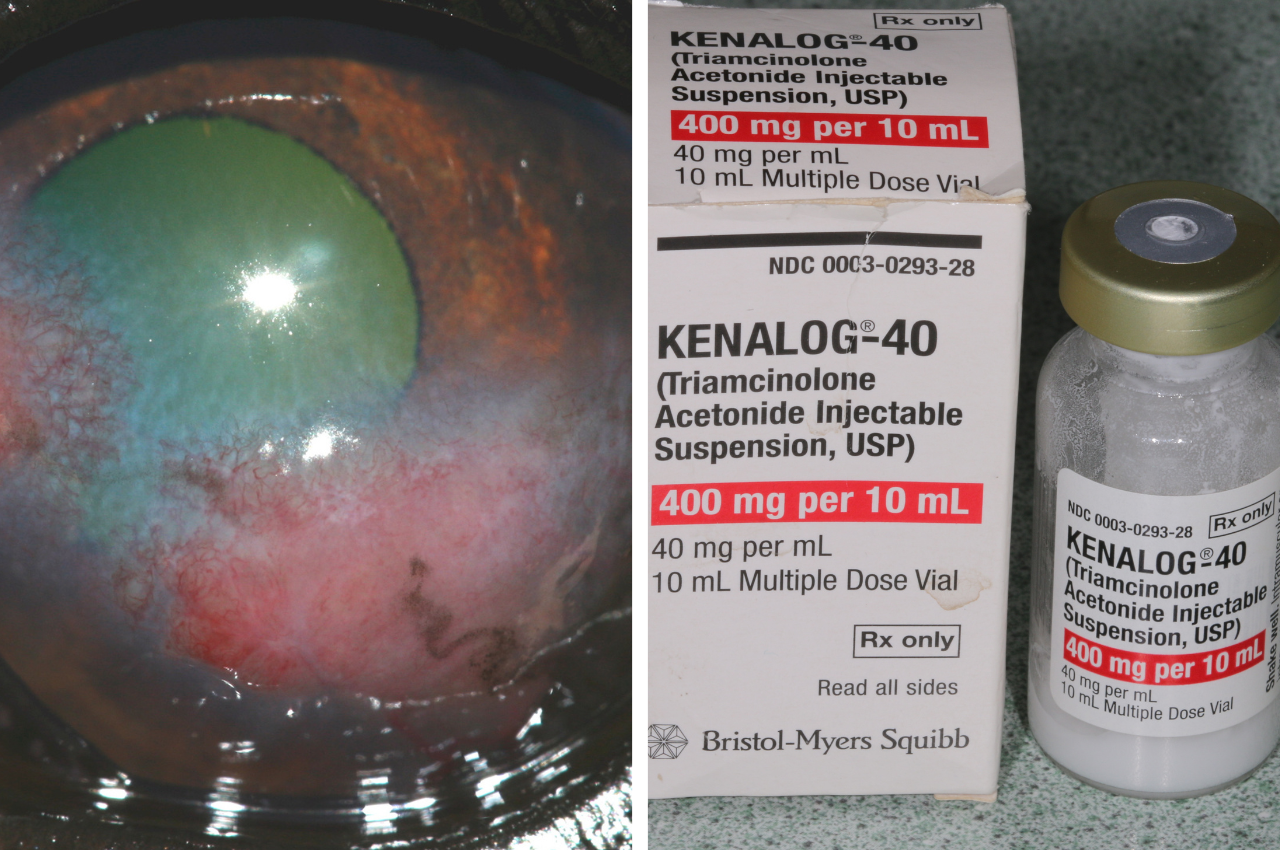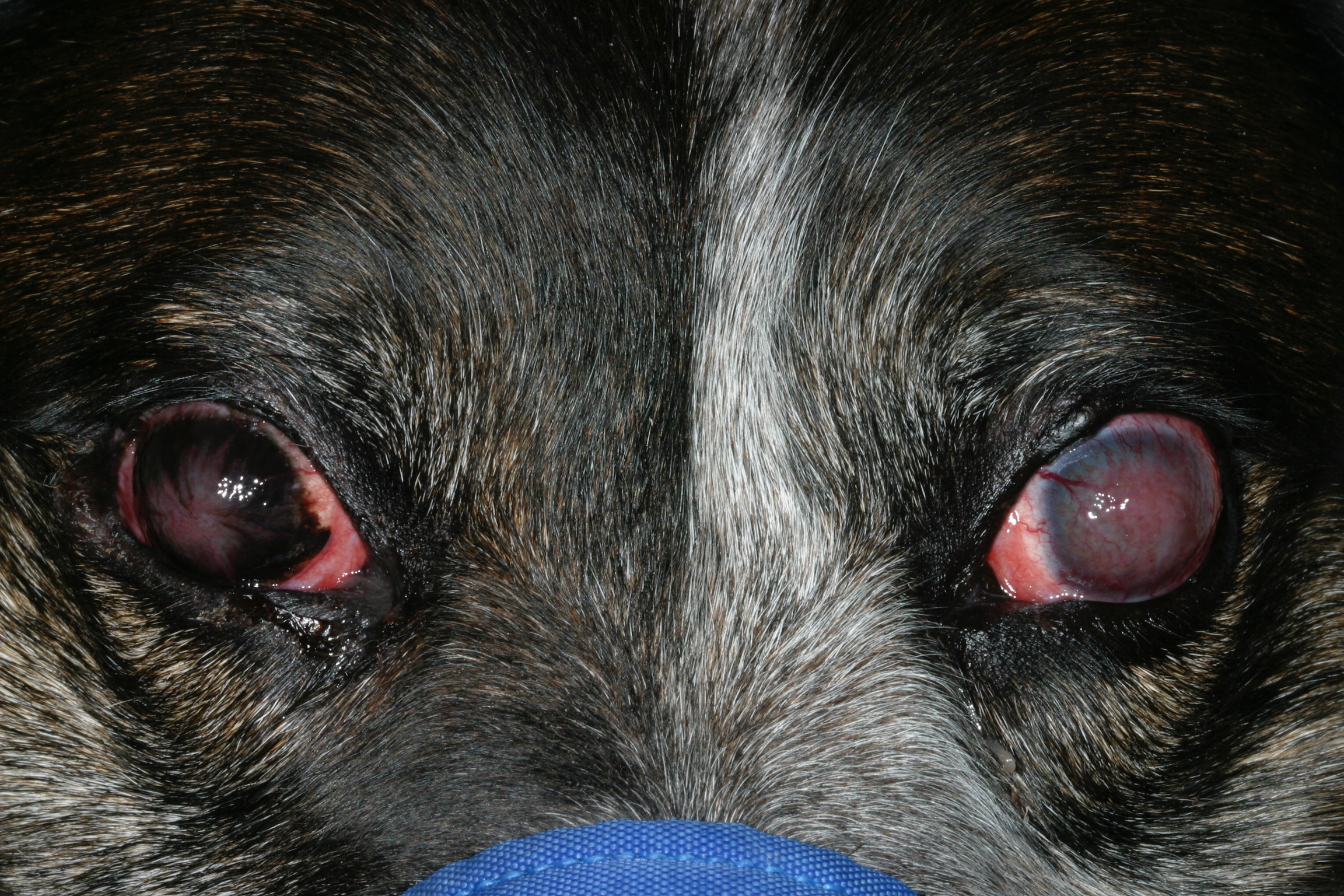1.5 min read

A German Shepherd’s eye and medicine. Pannus affects mostly German Shepherds. I will offer a workshop for veterinarians on performing subconjunctival injections. The session will be held in the Summer of 2023 once Mountain Star’s remodel is complete. Click here to sign up for a workshop email.
As Colorado veterinarians, you manage pannus in dogs quite often. Our high altitude makes it more likely that dogs will develop the disease. The disease here is more severe than what your colleagues see at lower altitudes. While all dogs are at risk, German Shepherds have a genetic predisposition to it.
It’s challenging to manage
Most of my patients require a daily combination of topical immunomodulation with topical corticosteroids and topical cyclosporine/tacrolimus for control of their immune-mediated keratitis.
Inadequately managed patients risk vision impairment and eventual blindness.
Plus, client compliance with your treatment recommendations is challenging. I know many clients who somehow make those bottles of prednisolone acetate 1% and cyclosporine 1% last many months when they should only last 2 months.
And who can blame them? Twice daily eye drop administration with two different eye drops…forever…can be burdensome to both client and patient.
Plus, some dogs will not permit eye drop administration.
I want dogs to be dogs, not patients.
An alternative: steroid injections
I offer pannus treatment monotherapy with subconjunctival repositol corticosteroid injections.
Vision can be restored and preserved with injections every 9-12 months.
10 mg of triamcinolone acetonide (0.25 ml of the 40 mg/ml product) in the subconjunctival space typically provides good pannus control for an eye for 9-12 months…with NO EYE DROPS WHATSOEVER.
Personally, that is what I would do if my dog had pannus.
Every veterinary ophthalmology text details the technique of administering a subconjunctival injection. It requires a few drops of topical anesthesia, which the vast majority of dogs will tolerate. Some dogs require sedation due to their temperament, as noted in the photo and caption below.
I am happy to offer advice. Email or call me any time.
At Mountain Star, our goal is to heal pets’ skin and eye conditions so clients can enjoy their pets as healthy companions.
We truly appreciate your referrals. We’re here to support you, your clients, and your patients.

It’s rare to sedate a patient during this procedure, but in some cases (like this one), it helps calm the dog. Most dogs tolerate eye drops with topical anesthesia, and the client is in the room the entire time.
